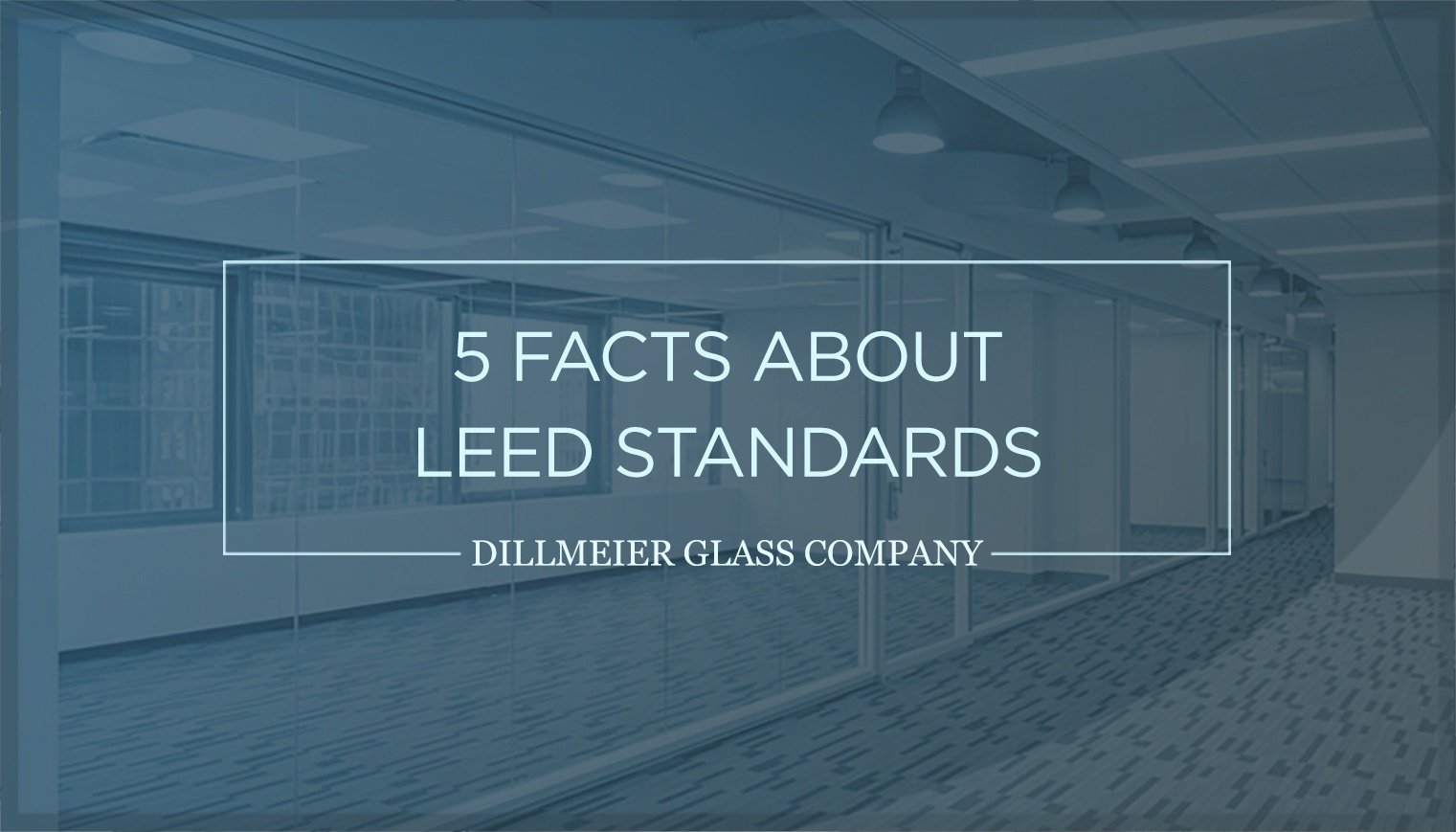5 Facts About LEED Standards

The U.S. Green Building Council (USGBC) is known for its establishment of the Leadership in Energy and Environmental Design (LEED) standards for commercial and residential buildings—which rate buildings' environmental performance and encourage sustainability components in design and construction phases among architects and contractors.
Many within these industries are aware of LEED and its many benefits, both environmental and economic. There may be several lesser-known aspects of this green building program, however.
Here are five intriguing facts about LEED standards and its impact:
1. There are four rating levels of the certification.
Certified. Silver. Gold. Platinum. As explained by the USGBC, the number of points earned ultimately decides the rating level received. The more, the higher the level. Certification mandates anywhere from 40 to 49 points. Higher rankings of Silver, Gold or Platinum, for example, require 50 to 59, 60 to 79, or 80-plus, respectively.
A building is rewarded such points when it fulfills credits based on project type. These concern different aspects of green construction, from water and energy efficiency to sustainable resources and indoor air quality. For instance, a new construction project could earn up to six points by gaining the Indoor Water Use Reduction credit.
2. LEED standards are gaining worldwide attention.
A LEED certification isn’t just sought after by those within the United States. Those in the construction industry throughout other parts of the world are interested in utilizing green-building practices, too.
A May 2016 article on the USGBC’s official blog notes the increasing attention on LEED since its introduction in 2000:
“LEED has grown to become the world’s most widely used green building rating system, with nearly 80,000 projects participating in LEED across 162 countries, including more than 32,500 certified commercial projects,” it states.
3. LEED is deemed so important that colleges and universities incorporate it into curricula.
There are now courses offered at various academic institutions focusing on understanding LEED.
Rockville, Md.-based Montgomery College, for example, offers preparation courses on these standards for the LEED Green Associate Exam, which determines whether a student "denotes basic knowledge of green design, construction and operations.”
Stony Brook University, located in Stony Brook, N.Y., recently began offering a LEED course, according to its student newspaper The Statesman. An April 2018 article states: “Stony Brook University is offering its first Leadership in Energy and Environmental Design (LEED) Green Associate Course of 2018, in partnership with Long Island’s chapter of the U.S. Green Building Council (USGBC).”
“There are three levels of LEED accreditation," it continues. "After becoming a LEED Green Associate (GA), students or professionals can choose to follow up by becoming a LEED Accredited Professional (AP). Stony Brook offers preparation courses for both exams."
4. Following LEED standards could improve public health.
Urban areas, in particular, could benefit significantly from buildings incorporating such eco-friendly elements. A December 2017 review shared by the U.S. National Library of Medicine “found evidence that certain green building strategies,” specifically those in LEED’s Sustainable Sites and Water Efficiency categories, “have the potential to reduce the risk of negative health outcomes following exposure to flooding.”
“Water quality, habitat loss and fragmentation, exposure to biodiversity, and percentage pervious cover in neighborhoods with vulnerable populations were identified as key environmental determinants of health linking green building strategies and flooding events," it continues. "The public health co-benefits of these strategies include reducing the risk of waterborne diseases, flood-related morbidity and mortality, psychological harm, and interface between humans and wildlife.”
5. Besides the United States, China is the world’s largest market for LEED.
In January 2018, the USGBC released its Annual Top 10 Countries and Regions for LEED, a list that “recognizes markets outside the U.S. that are using LEED to create healthier, more sustainable spaces that work to improve quality of life,” states the official press release announcing its rankings.
Although you may not necessarily think of China as being environmentally conscious, the country found itself in the number-one spot, as it did the year prior, with more than 47 million LEED-certified gross square meters developed. Canada and India landed the second and third positions, respectively. Brazil, Germany, Republic of Korea, Taiwan, Turkey, Mexico and United Arab Emirates also ranked on the list.
Incorporating glass into a commercial interior is one component of LEED. Dillmeier Glass Company is a third-generation commercial glass fabrication company that has been providing customers stunning glass products for more than 80 years. Contact us today to find out what we can do for you.


